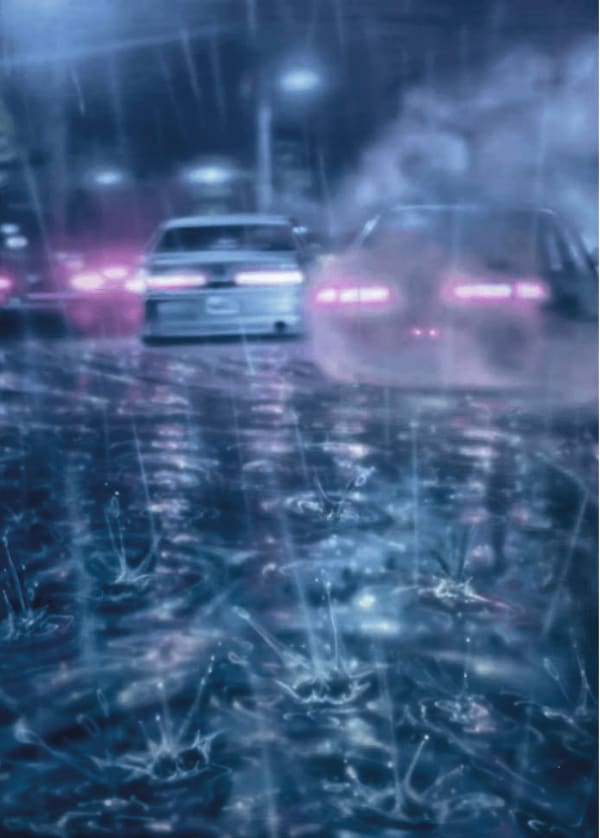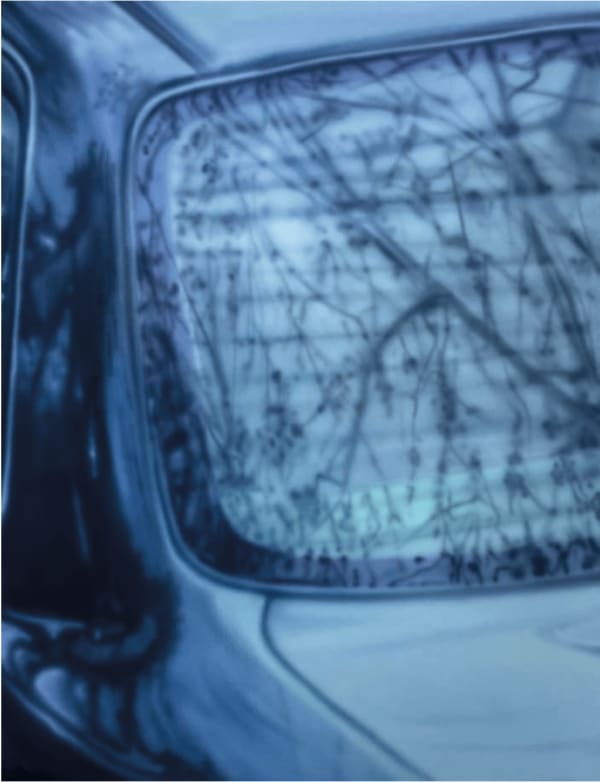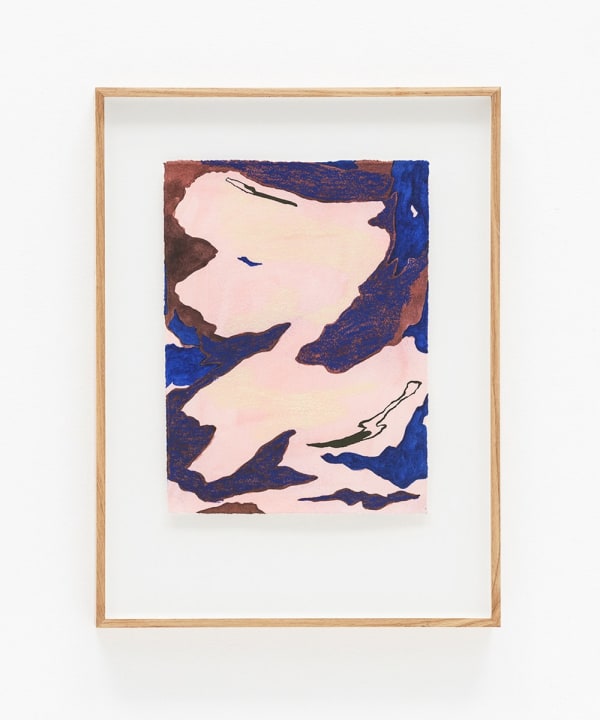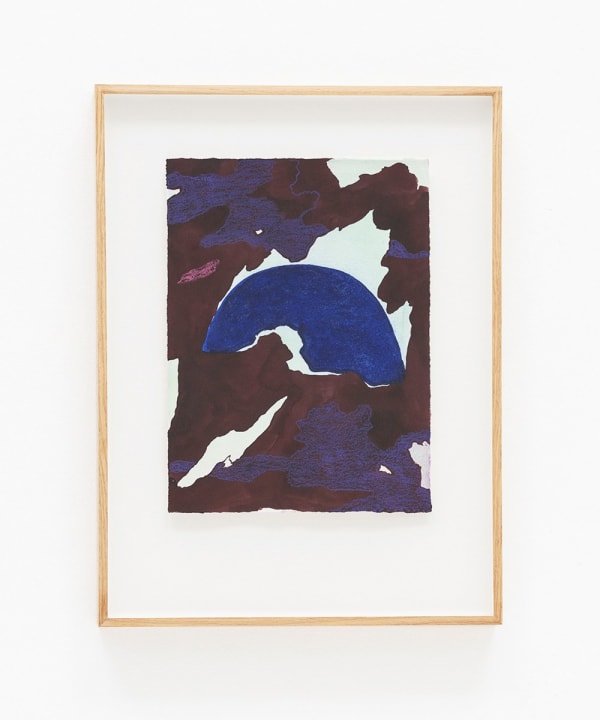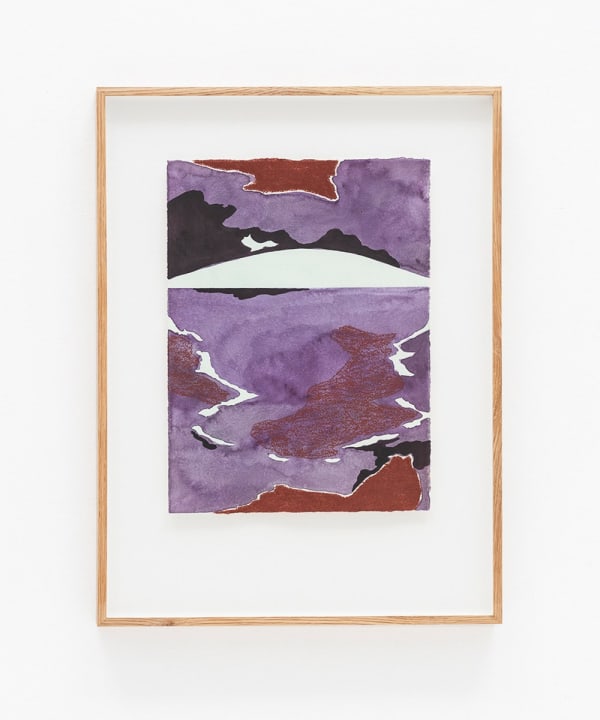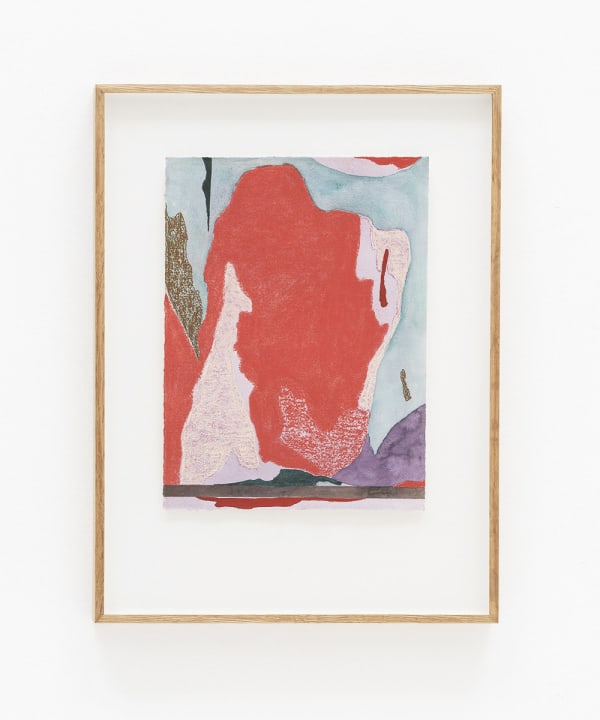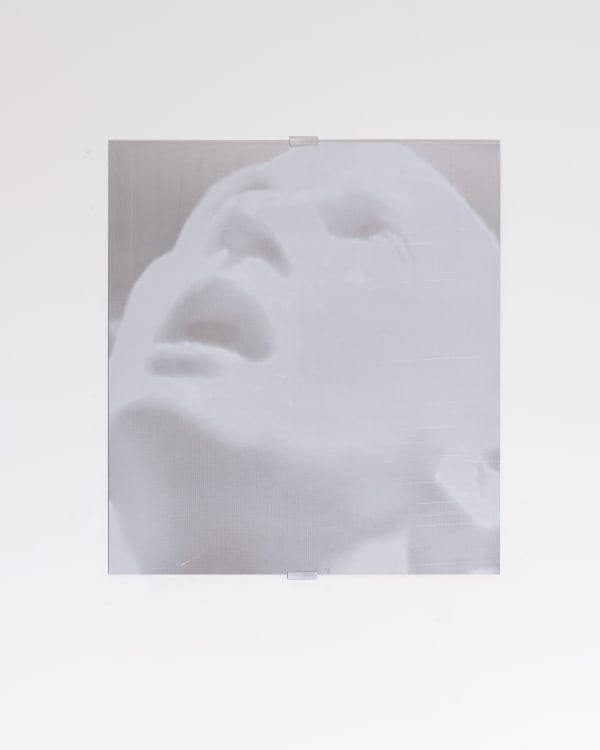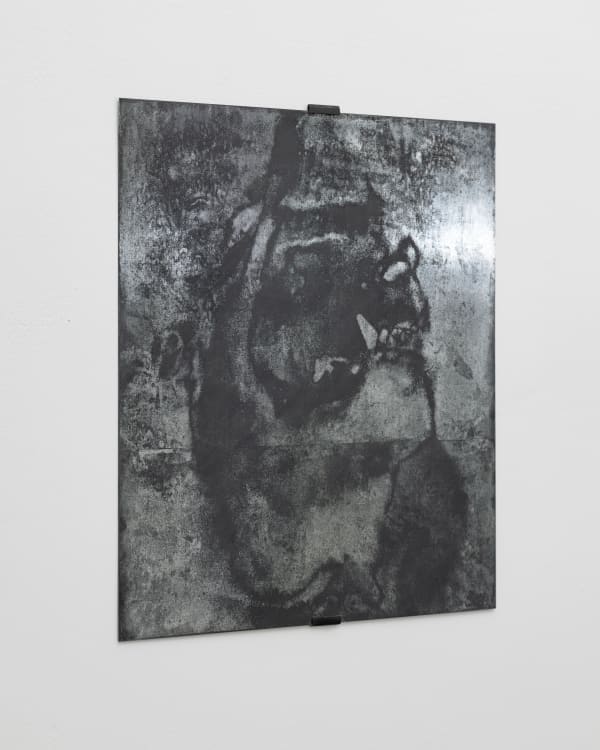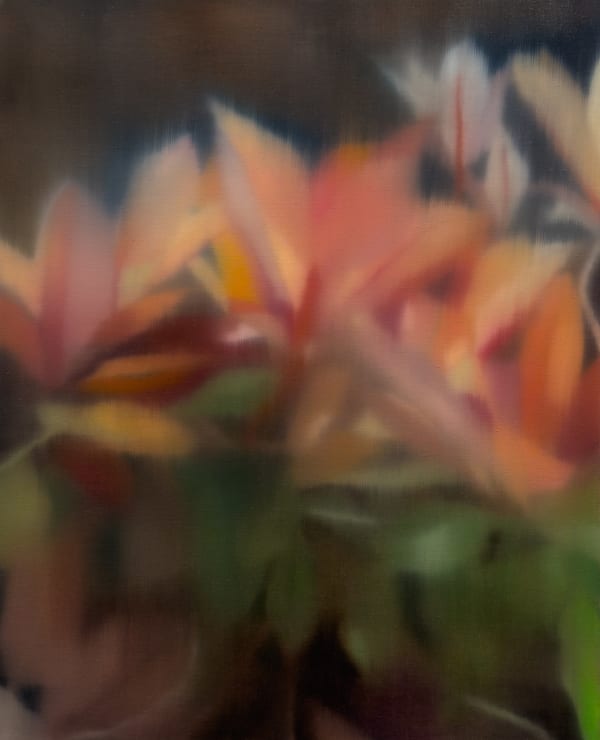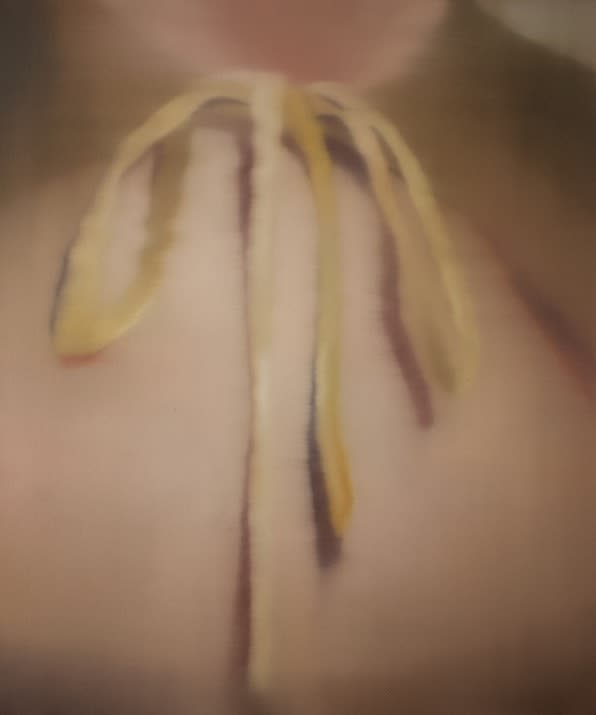Jumeler | Enari x DMW
-
OverviewTaken from the French word for "pairing" or “twinning” — commonly used to describe the symbolic sisterhood between cities — Jumeler reflects the spirit of collaboration at the heart of this exhibition. For this occasion, Antwerp-based DMW Gallery and Enari Gallery from Amsterdam pair up to host exhibitions in each other’s spaces, stepping into a foreign city to engage with its local context and audience.The exhibition goes beyond the physical exchange of gallery spaces. It embodies the essence of sister cities, where Antwerp and Amsterdam, through their artistic communities, create a bond that celebrates creativity, collaboration, and cultural exchange. Although not officially twinned, the temporary artistic partnership forged by DMW and Enari Galleries mirrors the purpose of sister city relationships worldwide: to build bridges, share knowledge, and inspire mutual understanding.
-
ENARI | ANTWERP
For the Antwerp chapter of Jumeler, Enari Gallery is proud to present four of its represented artists: Raffael Bader, Johanna Bath, Tom Solty and Dimitris Tampakis.Each artist brings a distinct voice, yet their practices resonate across shared themes of memory, materiality, perception and transformation. Dimitris Tampakis' work embodies a desire that is both deadly and liberating, reflecting the complexities of the new human experience: a hybrid being navigating an anesthetized society in search of existential awakening. He delves into the psyche of those who crave unexpected encounters, moments that elicit discomfort and challenge perceptions. In this way, the sculptural presence seeps into the visual field, creating dynamic interactions between depth, texturee and surface. This physicality is echoed in the paintings of Tom Solty, whose dreamlike compositions capture fleeting moments and fragile memories.Solty's work is steeped in a sense of impermanence, evoking the hazy quality of recollections that feel both personal and universal. There is a poetic sensibility to his brushwork and use of color, where impressions hover between abstraction and figuration. The ephemerality that defines his practice forms a natural link with Johanna Bath's painterly investigations. Johanna Bath is concerned with the perception of time and the emotions embedded in memory. Her works are visual interpretations of passing moments, quiet and introspective studies that invite viewers into a slowed down sense of presence. Using delicate, often translucent layers, she evokes emotional atmospheres that are both deeply personal and universally relatable. Her paintings act as windows into moments suspended in time, making them kindred in tone to Solty's lyrical explorations.Where Bath reflects inward, Raffael Bader turns his gaze outward to nature and its evolving forms. Based in Leipzig, Bader creates semi abstract landscapes inspired by his travels and encounters with diverse environments. Working intuitively with oil, pencil and textured surfaces, his paintings express a dialogue between spontaneity and structure, nature and perception. His recent body of work focuses on the intangible qualities of light, its capacity to shift, illuminate and transform both landscapes and moods. This intuitive, emotional approach bridges back to Bath's personal reflections and complements the atmospheric qualities found in the works of Solty and Tampakis. -
-
Artist
-
-
 Tom Solty, Feel flows , 2024
Tom Solty, Feel flows , 2024 -
 Tom Solty, I'm dying over you, 2024
Tom Solty, I'm dying over you, 2024 -
 Tom Solty, Oh, it's quiet now, 2024
Tom Solty, Oh, it's quiet now, 2024 -
 Raffael Bader, A Major Pink Cloud, 2023
Raffael Bader, A Major Pink Cloud, 2023 -
 Raffael Bader, Blue Moon in a Stream, 2023
Raffael Bader, Blue Moon in a Stream, 2023 -
 Raffael Bader, It Rests to Calm, 2023
Raffael Bader, It Rests to Calm, 2023 -
 Raffael Bader, Late Glimpse, 2023
Raffael Bader, Late Glimpse, 2023 -
 Raffael Bader, Red Boulder Ahead, 2023
Raffael Bader, Red Boulder Ahead, 2023 -
 Dimitris Tampakis, She sought cracked pleasures, 2024
Dimitris Tampakis, She sought cracked pleasures, 2024 -
 Dimitris Tampakis, Never speak a sound, 2024
Dimitris Tampakis, Never speak a sound, 2024 -
 Dimitris Tampakis, Ruin me, 2025
Dimitris Tampakis, Ruin me, 2025 -
 Dimitris Tampakis, Not feeling the same, 2025
Dimitris Tampakis, Not feeling the same, 2025 -
 Dimitris Tampakis, Sublime breakdown, 2025
Dimitris Tampakis, Sublime breakdown, 2025 -
 Dimitris Tampakis, Not by blood, but by pure trust, 2025
Dimitris Tampakis, Not by blood, but by pure trust, 2025 -
 Dimitris Tampakis, Emerald signal the green on black, 2025
Dimitris Tampakis, Emerald signal the green on black, 2025 -
 Johanna Bath, nostalgia II (Grace), 2025
Johanna Bath, nostalgia II (Grace), 2025 -
 Johanna Bath, Persimmon, 2025
Johanna Bath, Persimmon, 2025 -
 Johanna Bath, idyll, 2025
Johanna Bath, idyll, 2025 -
 Johanna Bath, Guava II, 2025
Johanna Bath, Guava II, 2025 -
 Johanna Bath, Red Robin, 2025
Johanna Bath, Red Robin, 2025 -
 Johanna Bath, knotted II, 2025
Johanna Bath, knotted II, 2025
-
-
DMW I AMSTERDAM
For the Amsterdam chapter of Jumeler, DMW Gallery proudly presents a vibrant cross-section of its program, featuring the works of Kaspar Dejong, Ruben Raven, Jonathan van Doornum, Benny Van den Meulengracht-Vrancx, Yoon Shun, William Ludwig Lutgens, and Bram De Jonghe. These artists span a range of media and conceptual approaches, united by a shared commitment to experimentation, narrative layering, and critical reflection.The artists' works explore themes such as identity, spatial perception, socio-political structures, and the absurdities of the everyday - often through playful, tactile, or subversive gestures. Together, they construct a multifaceted view of contemporary artistic practice that feels both urgent and exploratory, offering Amsterdam audiences an insight into the richly varied voices shaping DMW's curatorial landscape.Kaspar Dejong explores the urge to leave a mark, drawing from his background in graffiti and a deep engagement with the urban landscape. Found materials and natural elements - gathered while wandering the city - recur in his installations. His mostly monochrome paintings feature letters, numbers, and color accents that emerge from and dissolve into abstract forms. Using spray paint, graphite, and acrylic, Dejong builds up and erases layers, creating a visual language that feels both familiar and cryptic. His approach echoes psychogeography, embracing intuitive movement through the city and a loosening of fixed identity.Ruben Raven explores a range of media in his practice, including installations, paintings, videos, ceramics, and mechanical designs. His work focuses on how relationships between people, objects, and materials unfold. By interweaving these connections, he creates collections that display behaviors and question the unconscious creative potential of humans. Within his practice, Raven investigates—or fantasizes about—how objects and materials evolve in the urban environment after losing their primary meaning in the eyes of the public. His works invite viewers to speculate on the shifting dynamics between humans and the material world.Jonathan van Doornum combines sculptural elements with architectural language, creating modular structures that suggest both function and futility. His works often balance between stability and collapse, offering a physical metaphor for existential or societal tension. Using industrial materials with a minimalist aesthetic, Van Doornum invites viewers to consider the boundaries of utility, symbolism, and space.Benny Van den Meulengracht-Vrancx's drawings and installations delve into the world of subcultures, marginal identities, and symbolic rituals. Working with recurring motifs and fictional characters, he builds visual narratives that oscillate between the personal and the mythological. His work blends graphic intensity with psychological depth, often drawing the viewer into layered, emotionally charged scenarios.Yoon Shun works across drawing, painting, and mixed media to explore themes of cultural identity, displacement, and hybridity. Her practice is rooted in autobiographical experience, yet refracted through abstracted forms, symbolic patterns, and intuitive mark-making. Shun’s work invites reflection on the tension between rootedness and flux, presence and absence.William Ludwig Lutgens infuses his drawings, paintings, and sculptural installations with biting humor and narrative play. Often adopting the format of cartoons or caricatures, his work critiques societal norms and power structures while celebrating the grotesque, the theatrical, and the absurd. Lutgens creates visual worlds that are at once deeply personal and sharply political.Bram De Jonghe creates sculptural and spatial interventions that blur the boundaries between function and fiction. His works often emerge from playful experimentation, embracing absurdity and intuitive logic. By disrupting everyday environments with unexpected gestures, De Jonghe invites viewers to reconsider how meaning is constructed in both art and life. His practice is guided by curiosity, improvisation, and a belief in the poetic potential of the ordinary. -
Contact Form
Send me more information on Jumeler | Enari x DMW







